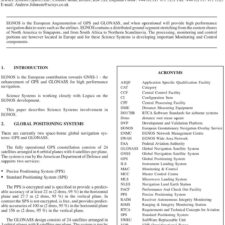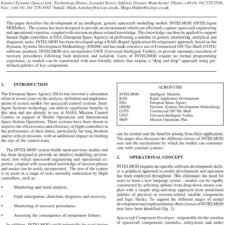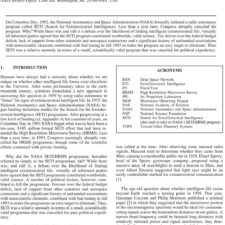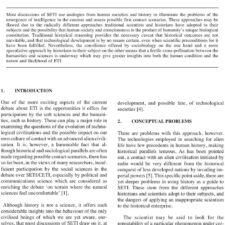Solar Power Satellites for Space Applications
£5.00
C. Cougnet; E. Sein; A. Celeste; L. Summerer (2006), JBIS, 59, 290-296
Refcode: 2006.59.290
Keywords: SPS, wireless power transmission, laser power transmission, RF power transmission, rectenna
Abstract:
The Solar Power Satellite (SPS) system is a candidate solution to deliver power to space vehicles or to elements on planetary surfaces. It relies on RF or laser power transmitting systems, depending on the type of application and relevant constraints. The SPS system is characterized by the frequency of the power beam, its overall efficiency and mass. It is driven by user needs and SPS location relative to the user. Several wavelengths can be considered for laser transmission systems. The visible and near infrared spectrum, allowing the use of photovoltaic cells as receiver surface, has been retained. Different frequencies can be used for the RF transmission system. The 35 GHz frequency has been considered as a good compromise between transmission efficiency and available component performances. The utilisation of the SPS to deliver power to small rovers or human outpost on Mars, and to an infrastructure on the Moon allows to assess different drivers in terms of user needs, receiver surface, distance between SPS and target, and to perform a preliminary sizing, based on current or reasonably achievable technologies, with respect to different sets of constraints. The SPS system appears as an attractive solution for these applications. The use of advanced or new technologies would drastically lower mass and increase the performances of the SPS system.





